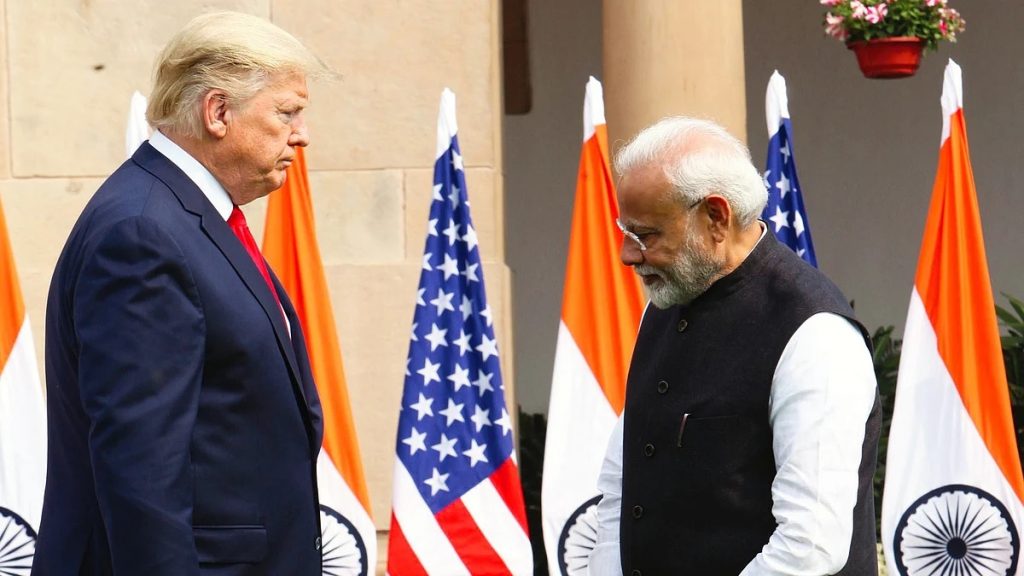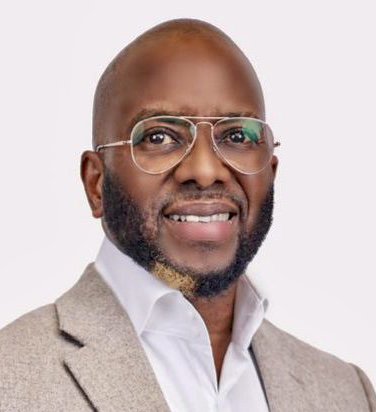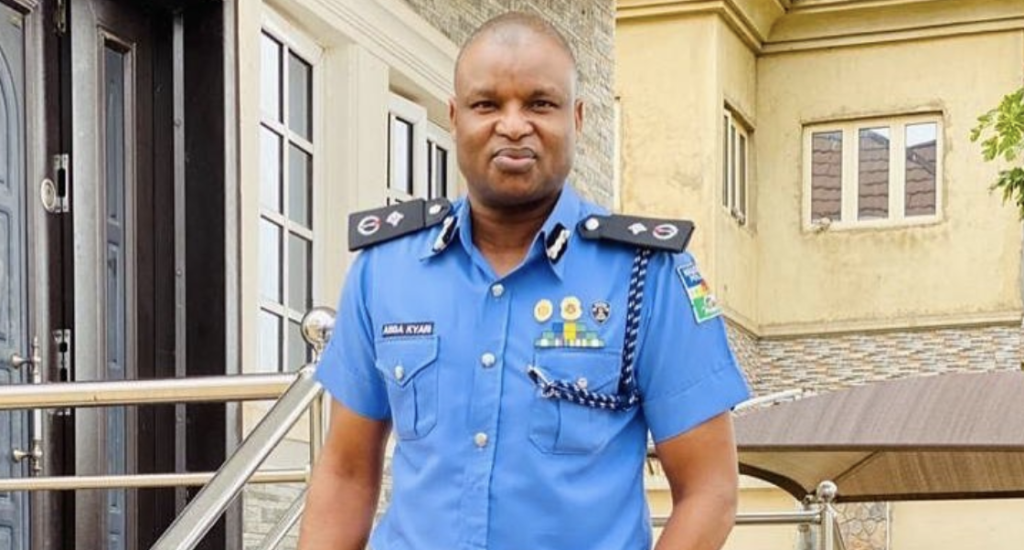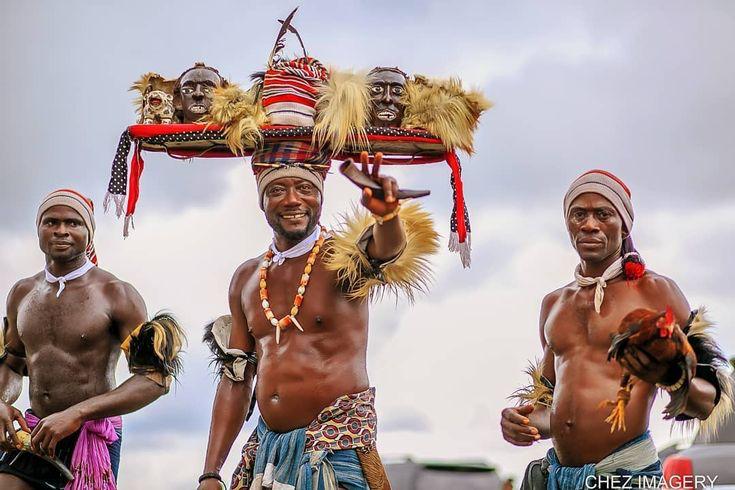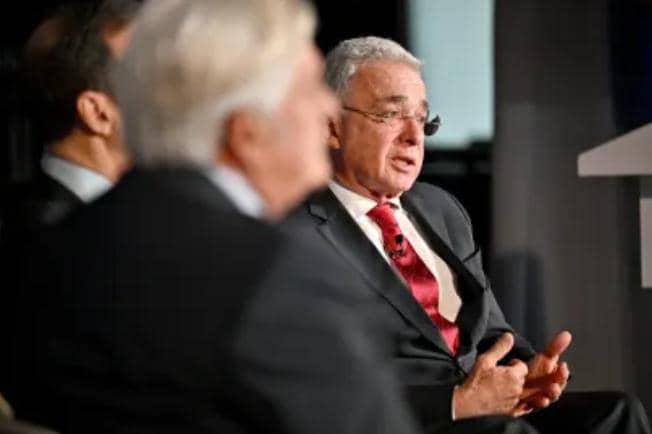World
Families mourn as dental identification begins after deadly Air India crash
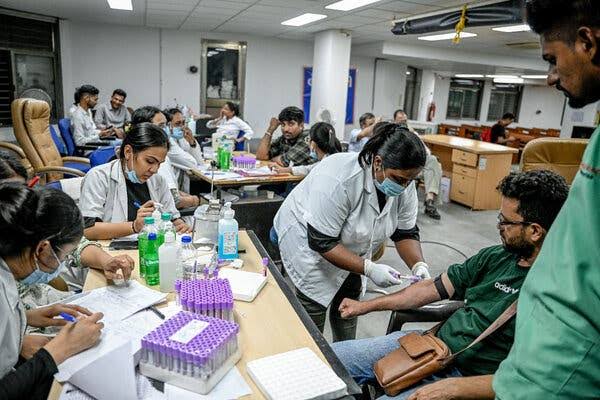
Grieving relatives gathered outside B.J. Medical College in Ahmedabad on Friday, June 13, 2025, waiting for the remains of loved ones killed in the devastating Air India crash.
Doctors worked through the night to collect dental samples from over 130 victims charred beyond recognition.
The aircraft, a Boeing 787-8 Dreamliner, crashed just 30 seconds after take-off on Thursday, erupting into a fireball that killed nearly all 242 people onboard.
It was the world’s deadliest aviation disaster in a decade.
Families arrived at the hospital in shock, some refusing to speak with the media until bodies were returned.
“We are so tired now,” said one elderly woman who lost four family members, including two children.
Forensic dentist Dr. Jaishankar Pillai told reporters that dental samples were being collected because teeth can survive extreme heat.
“We have recorded the dental records of 135 charred victims,” he said. “It’s a very pathetic situation.”
Identification is based on comparing dental remains with prior records such as dental charts, X-rays, or even selfies showing tooth gaps.
So far, seven bodies have been confirmed and released to families after verification.
Many relatives provided blood samples for DNA profiling at a dedicated center set up at the hospital.
The process is expected to take days as authorities struggle with the scale of the tragedy.
Outside the autopsy room, the pain was raw. Daksha Patni wailed for her 14-year-old relative, Akash Patni, as she waited for his body.
Another grieving man told reporters he was denied permission to verify the body of his 81-year-old relative, Abdur Razzaq Chitthi Wala.
The crash has triggered a full investigation.
India’s aviation minister said experts are examining flight data to determine what caused the modern Dreamliner to plunge so soon after takeoff.
This marks the first fatal crash involving a Boeing Dreamliner since the aircraft was introduced.
Boeing has yet to comment on possible technical faults, but global regulators are closely watching developments.
The emotional toll on victims’ families remains immense.
Outside the hospital, scenes of despair unfolded as officials tried to manage the identification process and preserve the dignity of the deceased.
As investigators work to uncover the cause, families across India wait for closure—clinging to hope, photographs, and the fragile promise of identification through science.
For Diaspora Digital Media Updates click on Whatsapp, or Telegram. For eyewitness accounts/ reports/ articles, write to: citizenreports@diasporadigitalmedia.com. Follow us on X (Fomerly Twitter) or Facebook




